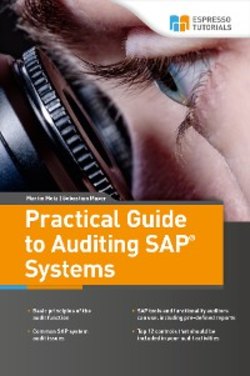Читать книгу Practical Guide to Auditing SAP Systems - Martin Metz - Страница 14
На сайте Литреса книга снята с продажи.
1.4.4 Audit reporting
ОглавлениеBefore the audit findings are summarized in a final report and submitted to the audit committee, all findings are agreed upon in QA processes within the audit department/team and in final discussions with the auditees. This allows the auditor to perform a dual control of the findings, thereby ensuring that the findings are correct and valid. Auditees usually have a different understanding of the auditor’s conclusions. It is crucial to discuss the conclusions before the final presentation of the results and submission of the report.
The most important factor for the auditee is the criticality of the findings, as this is crucial for prioritizing measures that need to be taken to counteract them. To a certain extent, an auditor takes on the role of a consultant by recommending and discussing actions for all of the findings. Both the findings and the measures must be agreed upon with the auditors.
The final deliverable is the audit report, which includes the following:
An introduction to the audit objectives, background, team, timeline, audit environment, and methods applied
A summary of the results and an assessment by the auditor of the overall situation and outcome
The detailed findings, including their impact and the rationale behind them
Recommendations mapped to the findings
Usually, the auditee also receives further details backing up the findings and analysis work of the audit team.
With the final audit report, the auditee must decide whether to implement all, selected, or none of the measures recommended. If there is no mandatory requirement behind a recommendation or finding, the management might well reject the recommendation to reroute budgets in other directions and into other undertakings.
